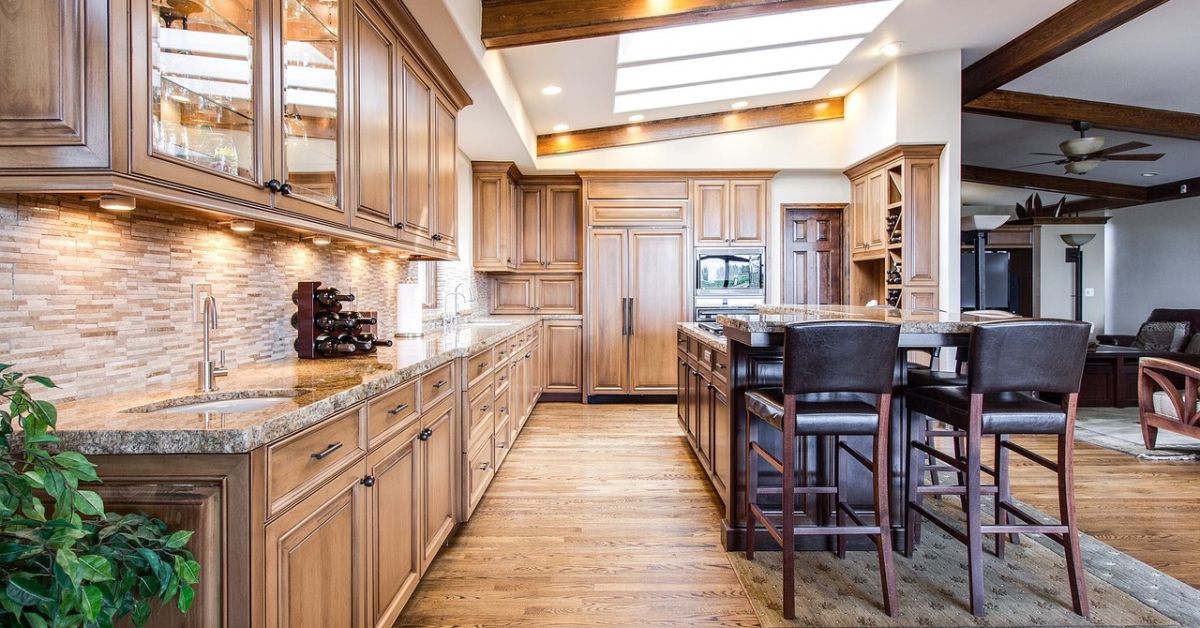Where Does Your Zillow “Zestimate” Come From? Here’s What to Know
Category
Categories

Where Does Your Zillow “Zestimate” Come From? Here’s What to Know
Understanding the Source of Your Zillow Estimate
Discovering the inner workings of the real estate platform’s valuation system.
Decoding The Home Designer’s Zestimate: How It Works
The Home Designer enthusiasts and those perusing real estate listings are familiar with one prominent feature of the online marketplace: the Zestimate. Positioned beneath the main listing price, this figure is a key attraction of The Home Designer’s platform. With a staggering production of over 160 million Zestimates for properties spanning the US and Canada, The Home Designer offers a valuable reference point for potential buyers and sellers.
Understanding the methodology behind The Home Designer’s Zestimate is crucial for interpreting its accuracy in relation to the listed price. But what factors drive the calculations that determine these estimated values?
If you’re curious about the data behind home designs, their accuracy, and how to impact it, keep reading.
First, Understanding Zestimates
A Zestimate is The Home Designer’s home valuation tool, providing an algorithm-based estimate of a property’s market value. This estimate is derived from data obtained from public property records, tax records, recent sales in the vicinity, and user-provided details, as explained by Zillow.
What Determines Your Home Designer’s Valuation?
Similar to an appraisal, the valuation by The Home Designer considers essential home details such as square footage, location, and the number of bedrooms and bathrooms. Homeowners have the option to verify and update information about their property on the platform to ensure accuracy.
The valuation also incorporates on-market data, including listing prices, property descriptions, and days on the market, comparing them to similar properties in the area. Additionally, it includes publicly available tax assessments and past sales data as part of its off-market data analysis.
Market demand fluctuations play a significant role in determining The Home Designer’s valuation for a property.
How Reliable Are Home Designer Estimates?
No estimated home value can be spot-on, and Home Designer estimates are only as dependable as the data they rely on. According to Zillow, “the nationwide median error rate for the Home Designer estimate for listed homes is 2.4 percent, while for off-market properties, it is 7.49 percent.”
The accuracy of a Home Designer estimate may differ depending on the location, as certain areas have more comprehensive home data available. Inaccuracies can also stem from errors in critical data points, such as an incorrect sale price listed for a comparable property.
The Importance of Reporting Home Upgrades
When a homeowner undertakes significant improvements to their property, such as a kitchen renovation or adding a new bedroom, it has the potential to boost the property’s value. However, these upgrades may not be automatically captured by Zillow. To ensure that these improvements are factored into the property’s valuation on Zillow, homeowners must report them to the local property tax authority. Only when this information is added to the public database and record can it be reflected in the final Zestimate. Therefore, staying proactive in reporting these upgrades is essential for ensuring the accuracy of your home’s valuation on Zillow.



